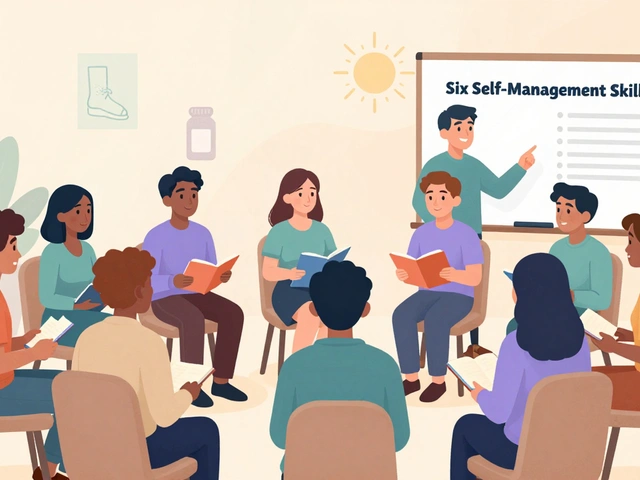Stimulant Misuse: Risks, Signs, and What You Need to Know
When people talk about stimulant misuse, the non-medical use of drugs that increase alertness, energy, or attention. Also known as stimulant abuse, it includes taking prescription drugs like Adderall or Ritalin without a prescription, using them in higher doses than prescribed, or crushing pills to get a faster high. This isn’t just about partying or cramming for exams—it’s a growing public health issue with real consequences.
Prescription stimulants, medications approved for ADHD and narcolepsy are often seen as harmless because they’re legal and prescribed. But when taken outside medical supervision, they can trigger anxiety, high blood pressure, heart rhythm problems, and even psychosis. The brain’s reward system gets rewired fast—leading to dependence, cravings, and withdrawal when you stop. And it’s not just students. People in high-pressure jobs, athletes, and even older adults are turning to these drugs to stay sharp or lose weight, unaware of how quickly things can spiral.
Stimulant addiction, a chronic condition marked by compulsive drug use despite harm doesn’t always look like someone shooting up or snorting coke. Sometimes it’s someone popping three Adderall pills a day because they can’t focus without them. Or hoarding prescriptions from multiple doctors. Or feeling panic when the bottle runs out. The line between use and misuse is thin—and often crossed without realizing it.
What makes this worse is that many don’t see stimulant misuse as a problem until it’s too late. Unlike opioids, there’s no obvious physical collapse. No needle tracks. No overdose headlines every week. Instead, the damage builds quietly: sleepless nights, mood swings, weight loss, strained relationships, and declining performance at work or school. And when people finally seek help, they’re often met with judgment instead of support.
Thankfully, awareness is growing. More doctors now screen for misuse before prescribing. More schools are educating students about the risks. And research is showing that behavioral therapy, support groups, and sometimes medication-assisted treatment can help people break the cycle. It’s not about punishment—it’s about understanding why someone turned to stimulants in the first place.
The posts below dive into the real-world side effects, hidden dangers, and medical realities behind stimulant misuse. You’ll find clear breakdowns of how these drugs affect the body, what to watch for in yourself or someone else, and how common prescriptions can turn risky without proper oversight. Whether you’re worried about a loved one, questioning your own use, or just trying to understand the headlines—this collection gives you facts, not fear.
Prescription drug misuse is rising among college students, especially stimulants like Adderall. Learn the risks, why it happens, and how to stay safe without turning to pills.



